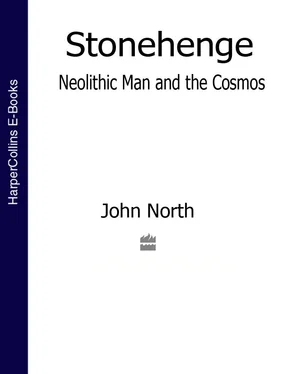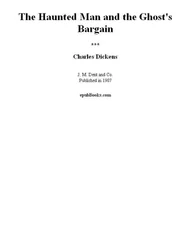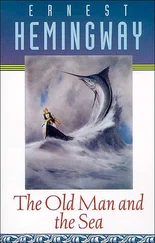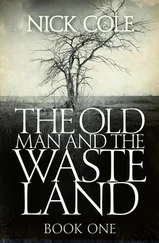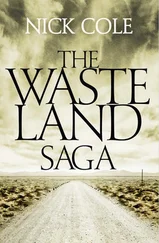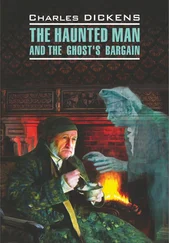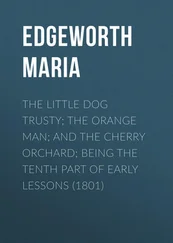The Trilithons
The Trilithons—an Independent Monument?
The Geometrical Design
A Chronological Summary
12 LOZENGE AND CALENDAR
The Lozenge Motif
Bush Barrow
The Bush Barrow Lozenge Was Not a Calendar
The Lozenge as Geometrical Construct
The Lozenge as Symbol
13 RITUAL AND BELIEF
Tokens of Religion
Signs of a Priesthood?
The Objects of Worship
Myth, Explanation and Logic
Solar Symbols
High Places
Sun, Moon and Sacrifice
The Cult of the Ox
Prejudice and Principle
APPENDIX 1—Radiocarbon Dating
APPENDIX 2—The Astronomical Framework
APPENDIX 3—Tables of Directions
APPENDIX 4—Heliacal Rising and Setting
APPENDIX 5—The Rising and Setting of Venus
APPENDIX 6—Alignment in Later Religions
FOOTNOTES
BIBLIOGRAPHY
INDEX
ACKNOWLEDGEMENTS
ABOUT THE AUTHOR
OTHER BOOKS BY
ABOUT THE PUBLISHER
LIST OF FIGURES
Fig. 1 The directions of the rising and setting Sun at Stonehenge, around 2000 BC.
Fig. 2 The absolute extreme directions of the rising and setting Moon at Stonehenge, around 2000 BC.
Fig. 3 Maps of Britain and Ireland (the main henges) and Southern Britain (principal prehistoric monuments discussed).
Fig. 4 A star map for the year 3000 BC with the names of the brightest stars then visible from Wessex.
Fig. 5 Earth-covered long barrows near Stonehenge.
Fig. 6 Four different examples of taper in long barrows.
Fig. 7 A general plan of the Fussell’s Lodge long barrow, drawn by P. J. Ashbee.
Fig. 8 Details of the preceding figure.
Fig. 9 The Fussell’s Lodge long barrow, viewed from the north.
Fig. 10 A general plan of the long barrow at Wayland’s Smithy (after R. J. C. Atkinson).
Fig. 11 The central area of Wayland’s Smithy, phase I.
Fig. 12 Alternative ways of viewing at right angles.
Fig. 13 The long barrow, Wayland’s Smithy II.
Fig. 14 Lines of sight from the eastern ditch over the crossing in the burial chamber at Wayland’s Smithy.
Fig. 15 Three potential solutions for the viewing of stars across the Wayland’s Smithy long mound.
Fig. 16 The stone mortuary chamber of Wayland’s Smithy II.
Fig. 17 The central area of the next figure.
Fig. 18 A general view of the planning of the mortuary house and its ditches at Wayland’s Smithy.
Fig. 19 A detail of the previous figure, showing the shape of the shallow pitched roof of the earliest mortuary house at Wayland’s Smithy.
Fig. 20 Two possible forms of roof for the Fussell’s Lodge mortuary house.
Fig. 21 Potential right angles in the forms of the barrows at Fussell’s Lodge and Wayland’s Smithy.
Fig. 22 A cross-section of the ditches at Fussell’s Lodge.
Fig. 23 Plan of the Horslip long barrow.
Fig. 24 Sections of the ditches at the Horslip long barrow.
Fig. 25 Sections of the West Kennet long barrow (as drawn by Stuart Piggott).
Fig. 26 Outline plan of the West Kennet long barrow and ditches.
Fig. 27 The five chambers at the eastern end of the West Kennet barrow, with surviving blocking stones in position.
Fig. 28 The West Kennet chambers with blocking stones removed.
Fig. 29 Construction lines abstracted from the previous figure, defined by the faces of stones.
Fig. 30 Suggested profile of the original West Kennet long barrow, looking across it from the south.
Fig. 31 Section of the northern ditch of the West Kennet Long Barrow.
Fig. 32 Years at which the two stars Sirius and Arcturus could have been seen at right angles to the various sections of the West Kennet barrow, plotted against altitude.
Fig. 33 A supplement to Fig. 32, with the graphs for Rigel and Vega.
Fig. 34 The internal structure of Silbury Hill.
Fig. 35 The overall structure of the Beckhampton Road long barrow, as indicated by the ditches, the approximate edges of the mound, and selected rows of stake holes.
Fig. 36 The overall plan of the South Street barrow.
Fig. 37 The dating of the South Street barrow, with graphs for Sirius, Vega, Regulus and Bellatrix.
Fig. 38 Important sections of the ditches at barrows 1 and 2 at Giants’ Hills, Skendleby.
Fig. 39 Outline of the Skendleby 1 long barrow.
Fig. 40 Outline of the Skendleby 2 long barrow.
Fig. 41 Plan of the area around the façade of the Skendleby 2 long barrow.
Fig. 42 The front ditch and (original) rear ditch of the long barrow Skendleby 2A.
Fig. 43 Outlines of the ditches surrounding the long barrow at Barrows Hills, Radley.
Fig. 44 Potential geometrical construction lines for the entire original system of ditch and mound at Radley.
Fig. 45 The probable overall shape of the Radley mound, in idealized form.
Fig. 46 The mound area and inner ditches of the Radley long barrow, in the form of a parallelogram.
Fig. 47 The Grendon square barrow with potential lines of sight and possible construction lines.
Fig. 48 The two Grendon ring ditches surrounding the earlier square barrow.
Fig. 49 General plan of the dry-stone walls of the Hazleton North cairn (after Alan Saville).
Fig. 50 A detail of Fig. 52.
Fig. 51 The stake holes and post holes under the Hazleton North cairn.
Fig. 52 The proposed cell structure of the Hazleton North mound, with construction lines.
Fig. 53 The probable overall shape of Hazleton North.
Fig. 54 The rings of ditches and mounds at Windmill Hill, near Avebury.
Fig. 55 The directions at right angles to straight sections of the ditches at Windmill Hill.
Fig. 56 The Dorset Cursus and its surroundings.
Fig. 57 Long barrows in the vicinity of the Dorset Cursus.
Fig. 58 The changing levels along the Dorset Cursus.
Fig. 59 The principal alignments of locations at the northern end of the Dorset Cursus.
Fig. 60 The principal astronomical alignments at the Dorset Cursus.
Fig. 61 The path of the setting Sun as seen from the centre of the Wyke Down terminal, looking over the long barrow on the ridge of Gussage Hill.
Fig. 62 An unfinished cursus on Bokerley Down?
Fig. 63 The Lesser Cursus to the north of Stonehenge.
Fig. 64 The geometrical plan of the Lesser Cursus.
Fig. 65 Alignments of the positions of long barrows in the Stonehenge region.
Fig. 66 The distribution of long barrows in Wiltshire.
Fig. 67 The long barrows to the east and west of the Stonehenge region.
Fig. 68 Heights in metres (above the Ordnance Datum) of long barrows and other key points in the Stonehenge region of Fig. 65.
Fig. 69 Alignments of long barrows in the Avebury region.
Fig. 70 Alignments of long barrows in the region of Cranborne Chase.
Fig. 71 The azimuths of lines connecting three or more long-barrows in the Stonehenge and Avebury regions.
Fig. 72 The azimuths of lines connecting three or more long barrows in the Cranborne Chase region.
Fig. 73 The chalk levels in a section of the southern bank, 225 m from the western end of the Greater Stonehenge Cursus.
Fig. 74 The Greater Cursus at Stonehenge.
Fig. 75 One potential method of viewing, using a forked staff, to achieve a standard eye level.
Fig. 76 The parallelogram on Coombe Bissett Down.
Fig. 77 The probable plan of the parallelogram within the ‘field’ on Coombe Bissett Down.
Fig. 78 The White Horse, after Flinders Petrie.
Fig. 79 The profile of White Horse Hill.
Fig. 80 The setting of the White Horse in relation to other monuments at Uffington.
Fig. 81 The profile of the ridge with the White Horse, as it might have been seen from the lower part of the gallery AB in the late fourth millennium BC.
Fig. 82 The ‘Long Man’ at Wilmington, East Sussex, after Flinders Petrie, together with the foreshortened version as seen from a point near the modern road.
Читать дальше
